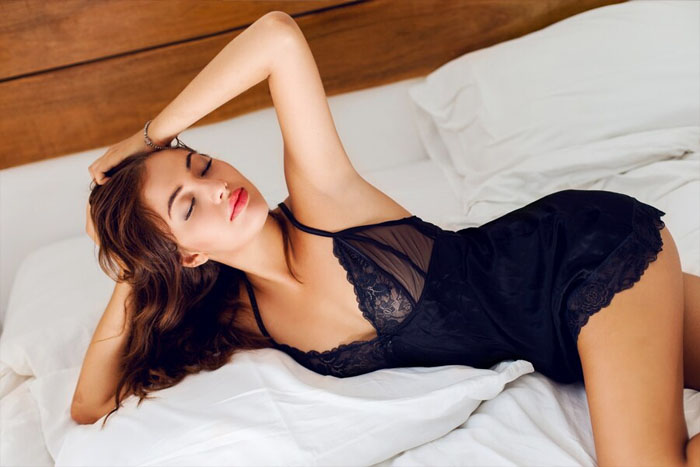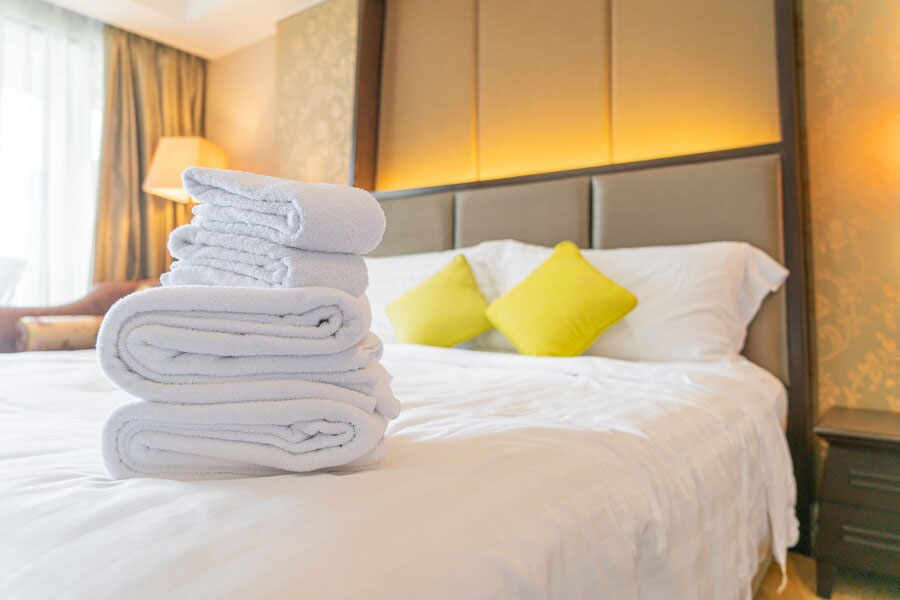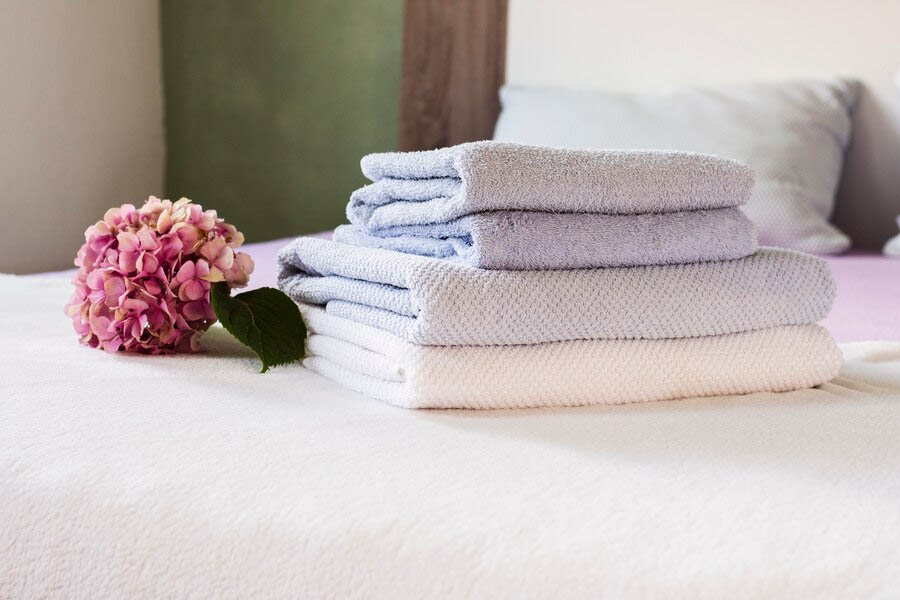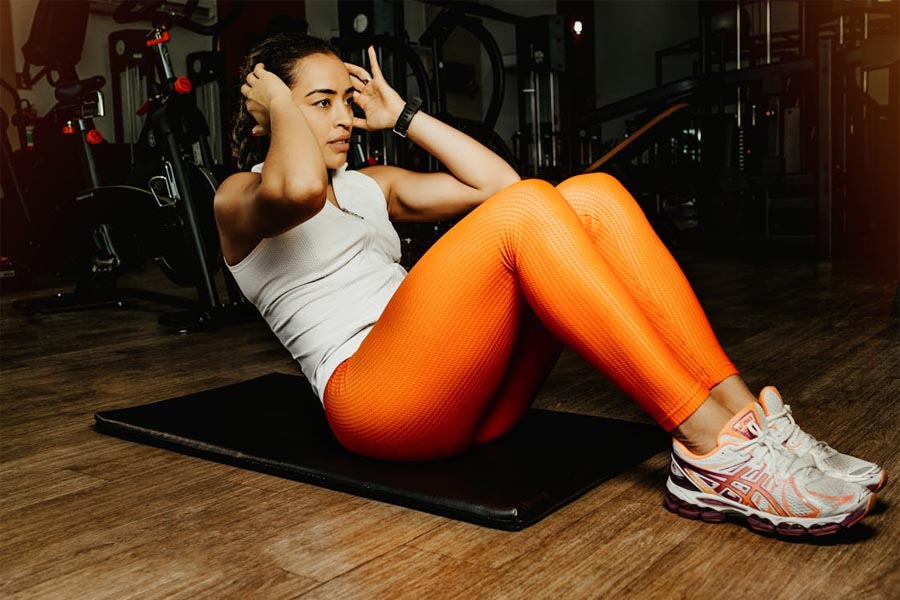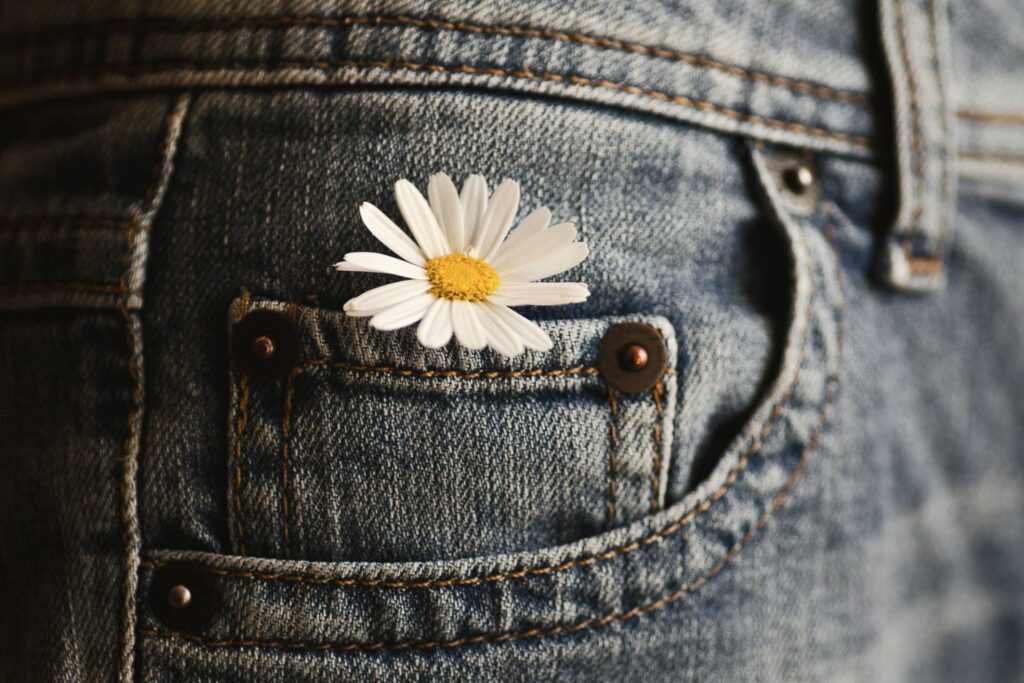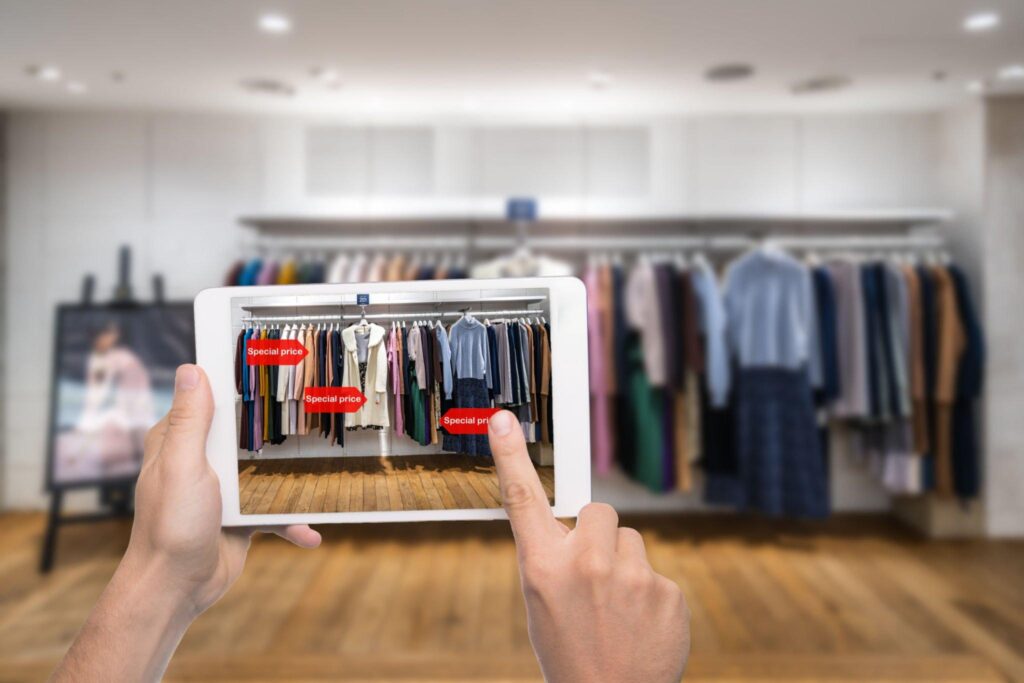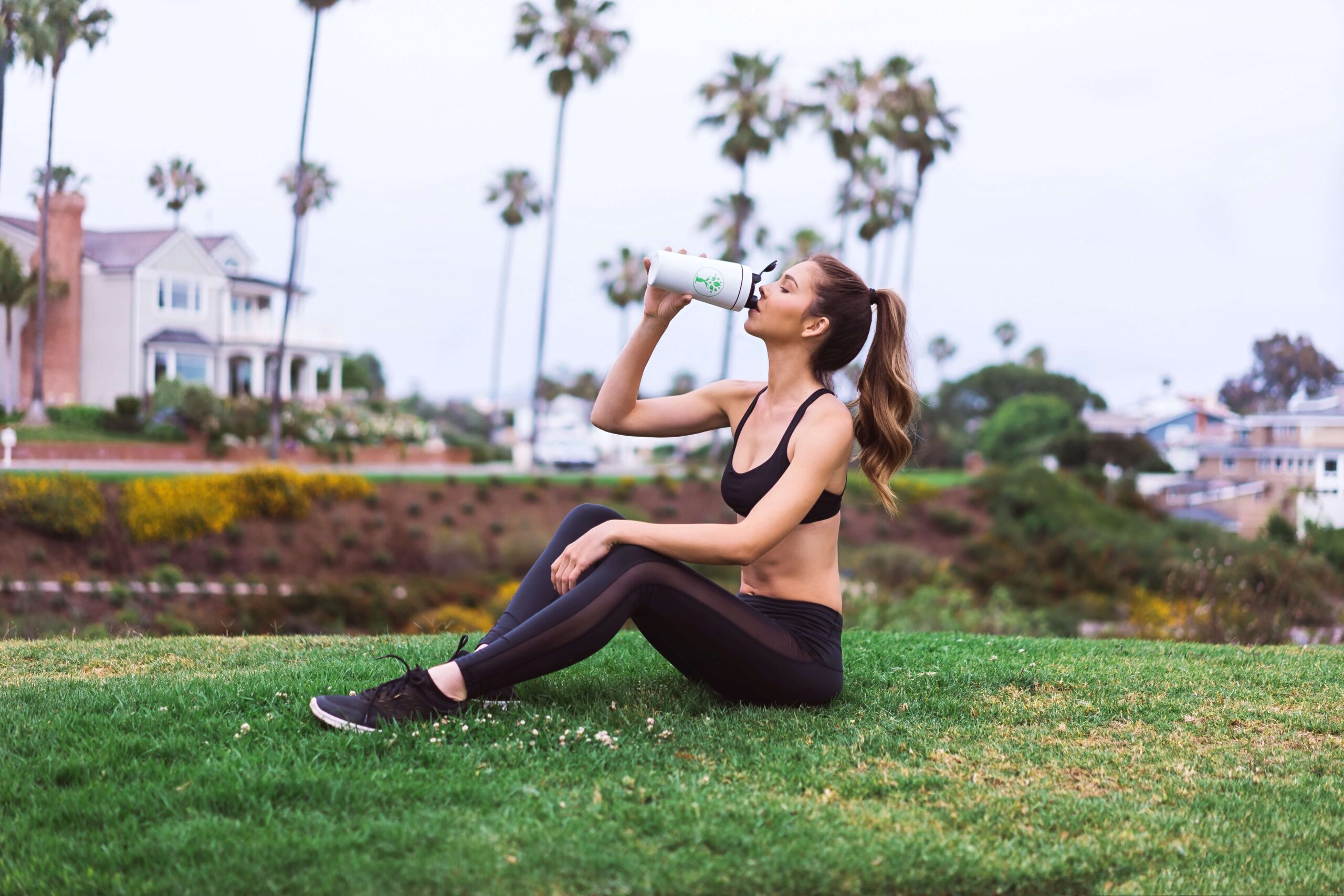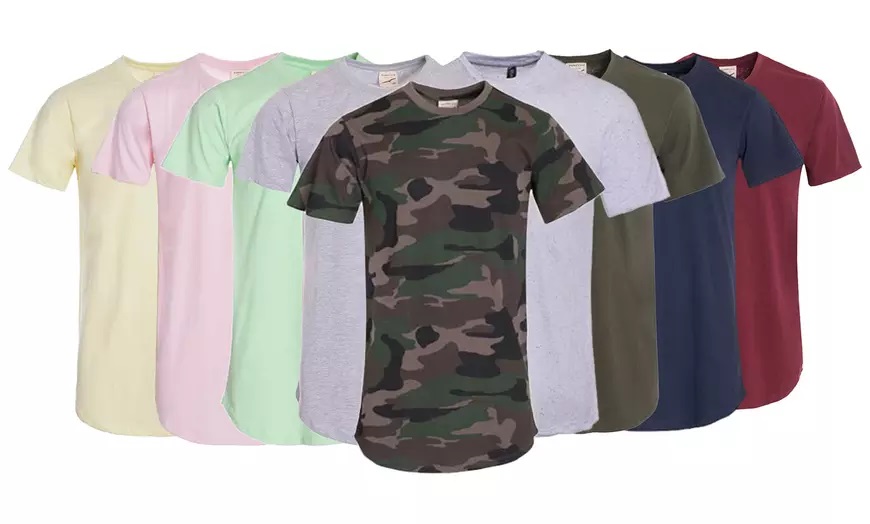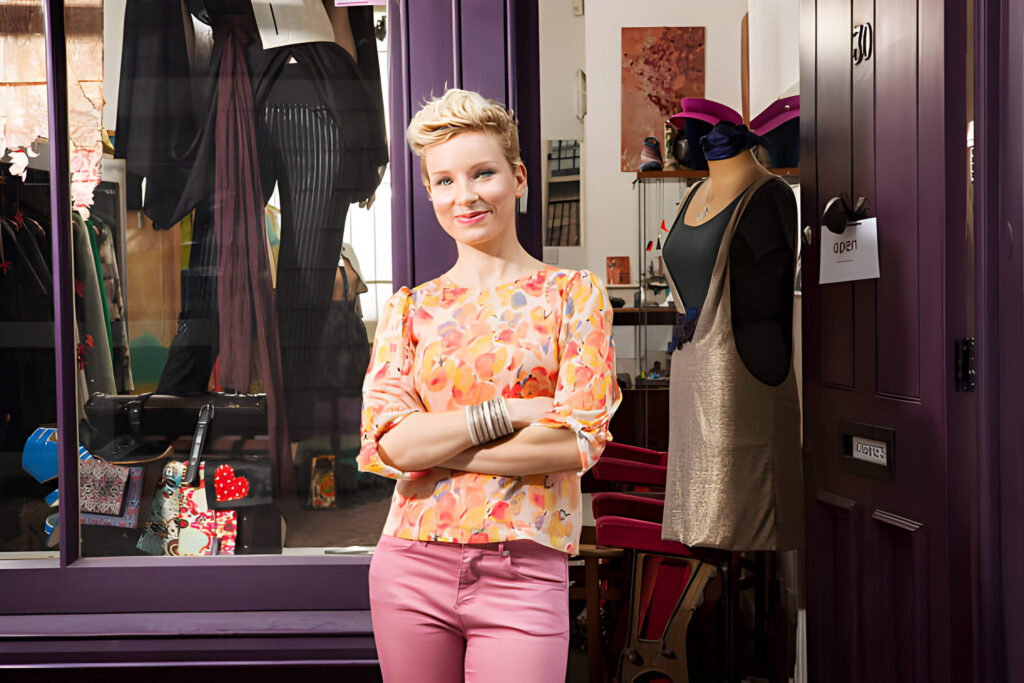Hey there, future maternity business tycoon! If you have ever dreamed of making your own beautiful and stylish maternity dresses, and pregnancy activewear, then you are in the right place. We’re about to take you on a fun and informative journey into the world of starting a maternity wear business. Whether you’re a mom-to-be finding a gap in the market or a fashion enthusiast, this guide is your ticket to getting your maternity business off the ground. No fancy suits or business language here – just real-world tips, inspiration, and roadmaps to help you bring your maternity wear dreams to life. So, let’s dive in and explore the fun realm of the maternity fashion industry!
Why Start a Maternity Clothes Business?

Starting a maternity wear or pregnancy athleisure business is a brilliant idea, as there is a huge demand for stylish and comfortable maternity wear. Many expectant mothers strive for clothing that is fashionable and fits well, creating a unique market opportunity. In addition, if you have experienced this yourself or know someone who has, you can relate to the frustration of having limited options during pregnancy.
So, starting a maternity business is not just a benefit; it’s about helping moms-to-be feel fabulous and confident during this special time. It’s a win-win – fulfilling a need in the marketplace and making maternity fitness clothes appealing for expectant mothers.
Steps to Start a Profitable Maternity Clothes Business
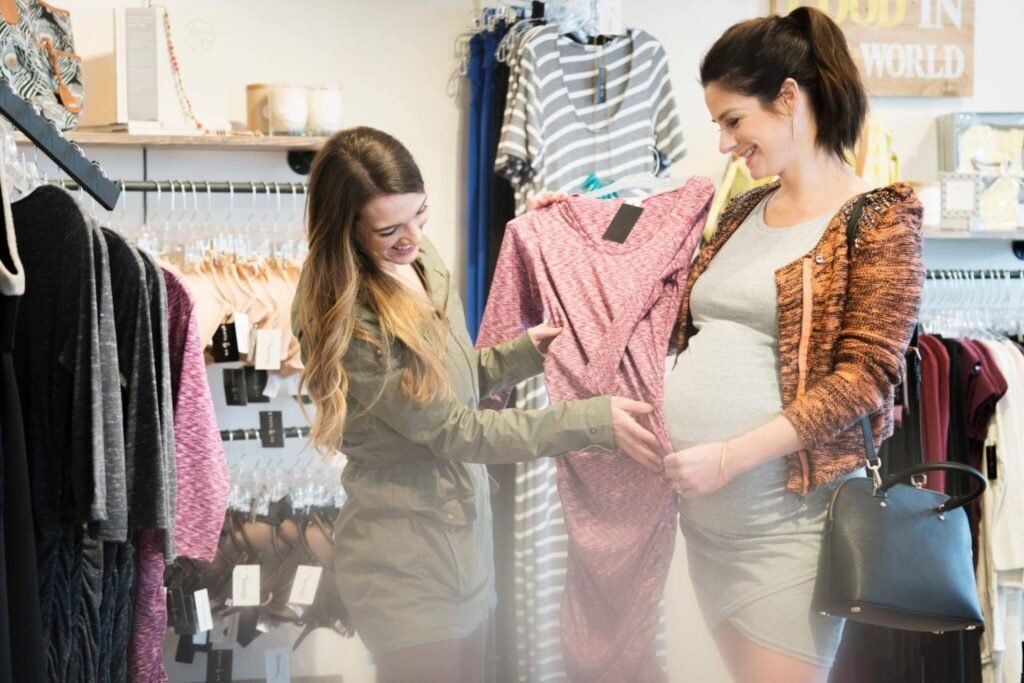
Market Research and Target Audience
Market research is like a compass for your maternity business. It helps you understand what expectant moms really want and how your business can meet those needs. To do this, you need to think about who your target audience is – these are the people you want to sell to. What are their interests? What are their needs during pregnancy? Market research and understanding your audience is like magic; that points your business in the right direction.
Creating a Business Plan
A clothing line business plan is like a treasure map for your maternity business. It outlines all the essential elements, such as what your business is about (the mission statement), where you want to go (your goals and objectives), and how you plan to get there. It sounds like you’re planning an exciting trip for your career.
Legal Requirements and Registration
Starting a maternity activewear business requires following the rules and playing by the book. Depending on where you are located, you may need to register your business and obtain a specific license or permit. It’s like getting an official ID card for your business – it means you’re ready to work.
Consider registering your business with the local and federal governments. There are four different models to choose from.
Sole Proprietorship
- The simplest type of business to set up.
- Offers no personal liability protection.
Corporate Organization
- Shareholders elect board members to run things.
- Requires an annual meeting with stockholders’ meetings every three months.
Limited Liability Company
- Provides extra protection for investors by limiting their liability exposure.
- Allows flexibility in operating their businesses.
Partnership
- Business owner plus partners.
- Can offer personal liability protection.

Sourcing Materials and Suppliers
Good maternity gym clothes require suitable materials that are flexible and moisture-wicking and you will need the right suppliers for them. Look for quality products and consider being environmentally friendly and ethical in your choices. It’s like choosing the best ingredients to make a delicious meal.
Designing Maternity Clothes
Design is all about making your maternity active dress not only easy to wear and comfy but also unique and beautiful. Your designs should work for the mom-to-be so that it feels incredible when pregnant. If you’re not a designer yourself, you might meet someone who is – think of them as your fashion partner.
Manufacturing and Quality Control
Decide whether you’ll make the clothes in-house or have them made by custom clothing manufacturers. Either way, quality control is super important. You want your maternity clothes to be high quality and comfortable so moms-to-be will love wearing them.
Whether you choose to manufacture products in-house or collaborate with manufacturers, it is crucial to ensure the highest quality to meet the expectations of expectant mothers.

Branding and Marketing
Branding is like giving your business its personality. It’s how you stand out from the crowd. You can’t hide your best maternity athleisure; you will need to show them off and promote them. That’s where marketing comes in – it’s like telling the world about your business.
Online Presence and E-Commerce
In the online world, your business needs a home – a website where people can learn about and buy your products. Plus, social media is your friend for expanding your maternity business. Think of them as your digital stores for your clothing line.
Pricing and Sales Strategies
Pricing means determining how much you will charge for your maternity fitness wear. You want it to be convenient for you and your customers. Sales tactics include things like discounts and promotions to make your products more attractive.
Financial Management and Funding Options
Money matters! It would be best if you managed the finances of your business, such as setting budgets and tracking expenses. It’s like balancing your company checkbook. You may need some money to start a business. You can finance it yourself (self-financing), take out a loan, or find investors who believe in your maternity business and want to help it grow.
Customer Service and Feedback
Treat customers like royalty! Good customer service means meeting their needs and listening to their concerns. Feedback helps you improve your products and make your customers even happier.
Tips To Consider Before Launching the Maternity Wear Collection

Not All Women Wish To Conceal Their Pregnancy Bump
Contrary to common opinion, expectant women do not want to conceal their growing tummies. Pregnancy is the most beautiful moment of a woman’s life, and most women are proud to show off the wonder that is growing inside of them.
Designers need to keep in mind that maternity attire doesn’t have to be boxy or evocative of a sack. Form-fitting clothing is often more comfortable for expecting moms during their pregnancies.
Only A Few Moms-To-Be Are Willing To Abandon Their Favorite Dress Trends
The majority of women have a go-to wardrobe that they wouldn’t want to part with even for nine months. Some people prefer wearing dresses rather than uncomfortable clothing, such as oversized tees and baggy slacks. Some expectant women prefer to keep going to work in fitted suits. Designers should provide maternity wear that includes a variety of garments to satisfy pregnant women’s desires for both comfort and style.
Pregnant Women Prefer Not To Spend a Fortune on Updating Their Wardrobe
Not every expectant mother intends to spend lots of money on new clothes. Every pregnant woman is aware that her physique will alter every two months. They are also mindful that their pre-baby bodies will return a few months after the baby is born.
With their present T-shirts and shorts, some ladies might want to buy different types of skirts. Some people would instead buy a single blazer to wear with the majority of their existing dresses. Maternity activewear dress designers should create items that can be used with clothing in a variety of colors, cuts, and materials.
Total Startup Expenses for Maternity Clothes Business

- Store location and lease agreement: The location, size, and condition of the property determine the cost of leasing a physical store location. It can cost between $3,000 and $10,000 per month.
- Interior design and store fixtures: Athleisure maternity stores need to create an attractive and comfortable shopping environment. A store’s interior design and fixtures, like lighting, flooring, and displays, can cost anywhere from $25,000 to $50,000.
- Merchandise inventory: A startup maternity clothing store must hold a substantial inventory of clothing and accessories in order to offer a variety of sizes, styles, and colors. An initial inventory can cost between $50,000 and $100,000.
- Point-of-sale system: In order to process transactions, track inventory, and manage customer information, a point-of-sale system is essential. Depending on the features and quality of the system, the price can range from $3,000 to $10,000.
- E-commerce website development: The reach and revenue potential of a maternity clothing store can be significantly increased by an e-commerce website. It is estimated that the cost of developing and maintaining a website can range from $10,000 to $50,000.
- Marketing and advertising: The success of a maternity clothing store depends on its ability to attract and retain customers. Depending on the type of campaign and how many people are involved, marketing and advertising can cost $5,000 to $10,000 a month, including social media, email campaigns, and local events.
- Hiring and training employees: It is essential to hire knowledgeable, experienced, and personable employees for a maternity clothing store. It can cost between $10,000 and $20,000 to hire and train three to four employees.
- Legal and accounting fees: Incorporation, payroll setup, and tax filing are all legal and accounting tasks necessary when starting a business. It costs between $5,000 and $10,000 to hire legal and accounting professionals.
- Initial working capital for expenses such as rent, utilities, and insurance: Working money is necessary for a startup maternity clothing store to cover expenses like rent, utilities, insurance, and other overhead costs. Working capital requirements can range from $50,000 to $75,000.
Key Takeaways
On the exciting journey of starting your own maternity wear business, you’ve learned that it’s not just about fashion; it’s about meeting the needs and desires of expectant moms. Elegant, comfortable, and functional maternity wear is in high demand, and this guide shows you the steps to make your maternity business a reality.
Your maternity wear factory is a gateway to help expecting mothers feel special during pregnancy and add your unique touch to the fashion world. Now is the time to turn your dreams into a beautiful reality, giving birth to one beautiful object at a time, filled with knowledge and inspiration. Good luck with your maternity business!
Ready to make your mark in the maternity fashion world? Start branding your clothing line today!



















